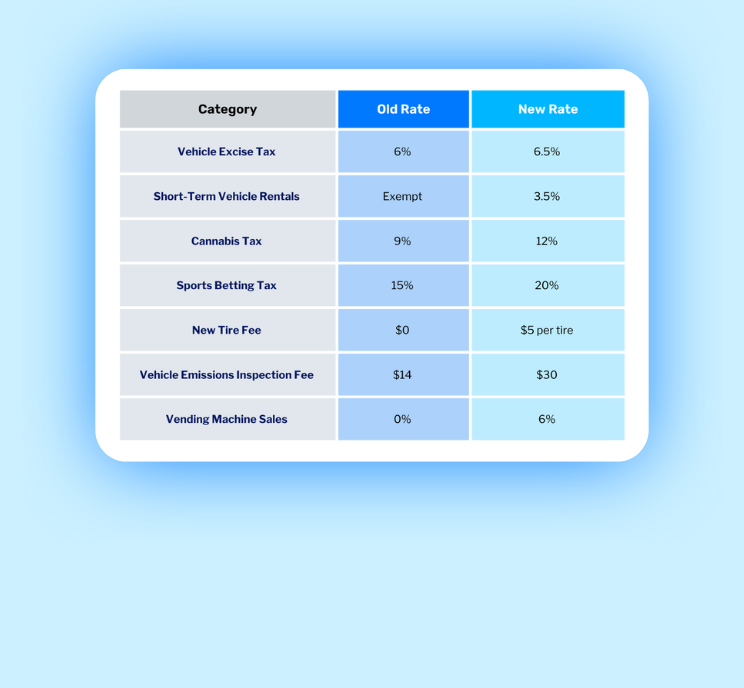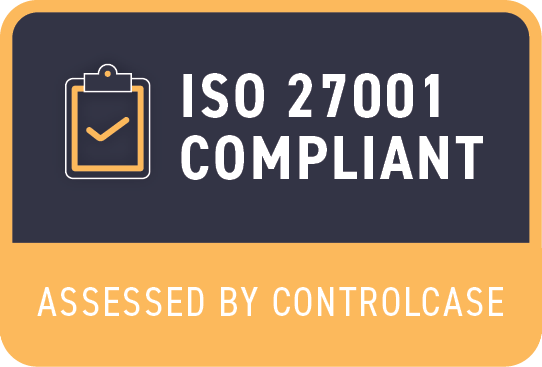Saving for a child’s education is a popular goal amongst parents today. With the cost of college ever increasing, determining when to start saving, where to place funds, and how much to save for college can often be overwhelming. To add to this sentiment, more often than not individuals are unaware of a 529 Plan as a way to save for education expenses. In this article we break down the basics as well as answer common questions about this popular college savings vehicle.
What is a 529 Plan?
A 529 savings account is a tax-advantaged investment account that allows individuals to save for a child’s future education expenses. The amount invested into the plan and its investment growth, can be withdrawn for qualifying expenses such as tuition, fees, books, supplies, and computers. The amount invested into the plan grows tax deferred and when funds are withdrawn to pay for qualified education expenses the earnings are not taxed. Individual(s) setting up the plan may choose to invest contributions amongst a range of investment options available within the plan that may include a variety of mutual funds and exchange traded funds (ETF) offerings.
Who offers 529 Plans?
All 529 plans are sponsored by a state or state agency. Each state has its own 529 plan and rules. You do not have to be a resident of a state to invest in their 529 plan. Investment options, tax benefits, fees, and contribution limits differ from state to state. Determining the state plan which makes the most sense for you often requires a thorough analysis.
When considering the state-to-state implications for 529 Plans, it is important to review guidelines specific to your state of residence. The following summarizes some important information specific to Maryland Sponsored 529 plans.
For contributions made by a Maryland resident to the Maryland state sponsored 529 plan, Maryland offers a tax deduction. If you are the account holder or contribute to a Maryland sponsored plan, you are eligible to receive a tax deduction of $2,500 per beneficiary, $5,000 for a married couple ($2,500 each). For example, if a married couple has 3 children and contributes $5,000 to each child’s plan they can claim a $15,000 tax deduction on their Maryland return. The average tax rate in Maryland is 7-8%. Therefore a $2,500 contribution would save roughly $175-$200 on your Maryland taxes. Any contributions to a beneficiary’s plan in excess of $2,500 ($5,000 if married), can be carried forward indefinitely and used as a deduction in future years.
Another benefit of the Maryland 529 plan is that the state will make a matching contribution to the child’s account if certain criteria are met. A new benefit for 2018 for Maryland is that the state will now be making “matching” contributions to qualifying eligible account holders. Pursuant to legislation signed into law following the 2018 legislative session, married account holders with Maryland taxable income of below the phase-out limitations of $175,000 are eligible to receive matching contributions equal to $250 to $500.
While the Maryland plan offers great tax benefits and matching contributions for Maryland residents, individuals should still be sure to weigh the pros and cons of different state plans. Each state plan’s fees and investment options differ. Lower cost plans can often be as impactful on the accounts bottom line compared to the tax deduction and matching contributions of the Maryland plan. Please also refer to the state plan’s website for complete information (https://maryland529.com/).
How does Tax Reform effect 529 Plans?
Under the former rules, 529 plan distributions could only be used for eligible college and university expenses. Effective January 1, 2018, 529 plan distributions can now be used to cover private and public kindergarten through 12th grade qualifying expenses. Under the former rules, plan participants were forced to pay for their children’s K-12 schooling out of their taxable investments. Now parents can begin funding 529 plans to cover their children’s K-12 expenses. It is important to note that the new rules apply a $10,000 per year, per child limit on withdrawals for K-12 expenses. No annual limit exists for college expense withdrawals.
What are some Frequently Asked Questions?
What if my child does not go to College?
A 529 account can be used for other types of education besides college, including trade and vocational schools. Additionally, you have the right to change beneficiaries to another family member – or even yourself. If you decide to use the money for something other than qualified education expenses, you will have to pay income taxes plus a 10% penalty on the earnings.
What happens if I over fund the plan or my child receives financial aid?
There are a few options for consideration in this situation. You can transfer the funds to another beneficiary, save the funds for future educational needs for that child (graduate school, etc.), use the funds for future generations, or use the money for non-qualified expenses.
For the State Sponsored Plans, does my child have to go to school in that state?
No. The child is free to attend the higher education establishment of his or her choice.
Does having a 529 plan affect the ability to receive financial aid?
The short answer is yes. Planning around this can be done to maximize financial aid. We recommend consulting a professional if you find yourself in this situation.
What if I move? Can I roll over my existing plan into a new states plan?
Yes, plans often allow participants to move the funds from one plan to another.
What is the Importance of Working with a Financial Advisor?
For some, having the peace of mind that a professional is reviewing the investments within a 529 account is an important factor. Working closely with a professional to establish a savings goal and determining how much to contribute on annual basis can help you reach your funding goal for the child’s education. Also, developing a plan and reviewing it periodically with an advisor allows parents to prioritize where saving for college fits in with their other savings goals.
Until recently, plans have been able to assume that all participants have a time horizon that ends when the student reaches college age. If the 529 plan was established early enough, most investors had almost 20 years to invest and grow their savings. Conversely, now it’s entirely possible that some savers will want to start making withdrawals for K-12 education expenses. That may make it less advantageous to utilize the appropriate age-based portfolios. Therefore, working to determine the appropriate asset allocation (mix of stocks and bonds) based on specific time horizons, may prove to be even more important.
If you would like to discuss 529 plans and review college savings strategies for you and your family, please contact us to guide you through the process.
Advisory Services offered through SC&H Financial Advisors, Inc. SC&H Financial Advisors, Inc. is a wholly owned subsidiary of SC&H Group, Inc.






